Good etiquette is imperative in any environment and applies to trail riding. With so many people enjoying going on trails, learning proper trail riding etiquette and safety is a must so that everyone can make good use of the trails and avoid unnecessary incidents.
For that matter, our seasoned horseback riding instructors at Touch of Chrome Paints share 10 essential trail riding etiquette and safety rules everyone must know and implement in their next trail ride. Read on!
1. Inform Yourself of The Trail & Get Necessary Permissions
There are many wonderful spots where you can enjoy a fun trail ride. Horseriding enthusiasts have the option of taking their horses to public trails or going on private trails.
Regardless of the type of trail you go on, it’s important to remember that all of these places will have different norms and local rules you must abide by for safety and full enjoyment. Informing yourself about them and other considerations before a trial is essential.
For instance, you must consider that some trails are more challenging. When choosing your next trail riding adventure, ensure it matches your and your group’s skill level to maintain road safety.
Another thing to contemplate is that some public trails may pass through private terrain, in which case obtaining permission from the landowner is paramount due to courtesy and respect. Overall, you always want to identify the route and stay on the path.
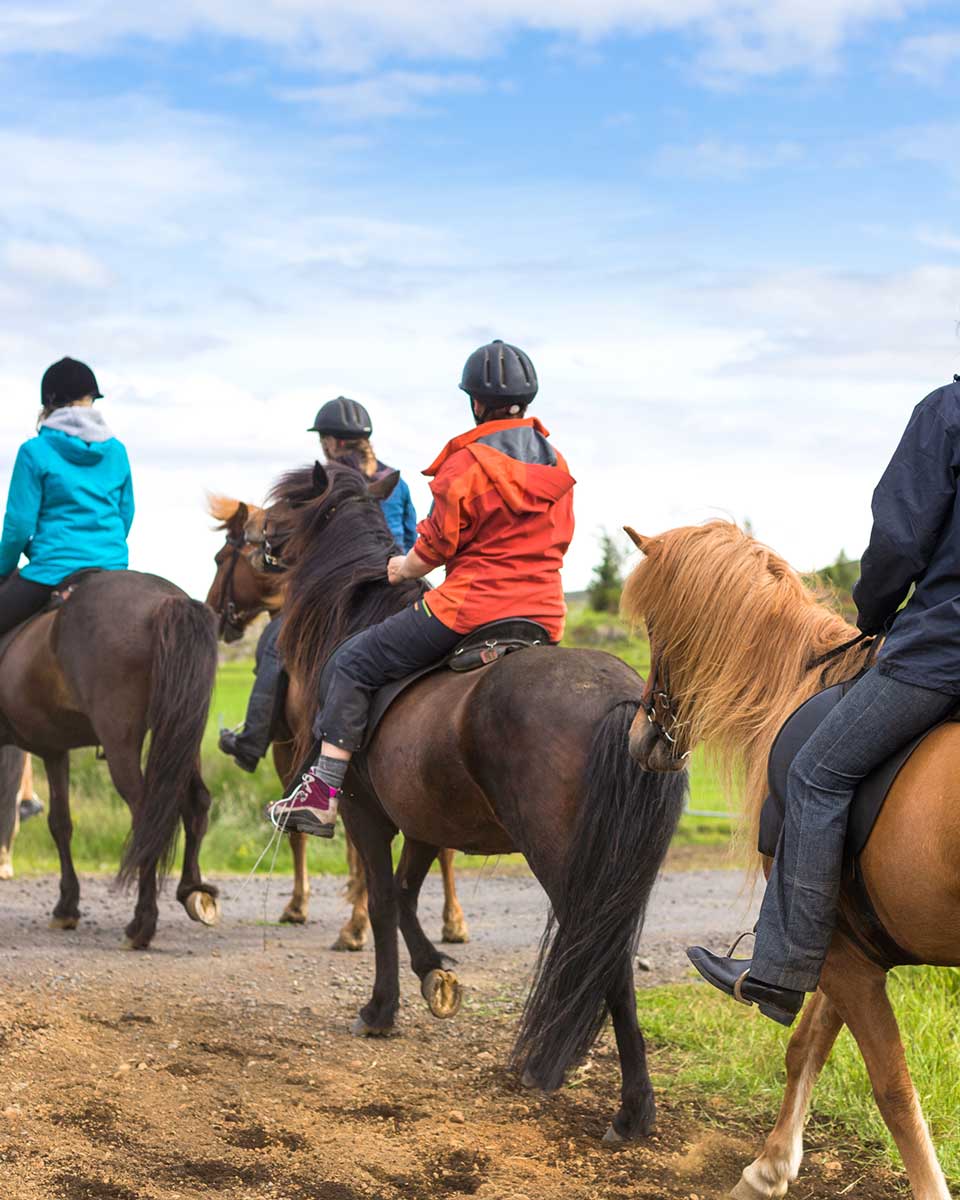
Extra Tip: To prepare yourself adequately, consider factors such as distance, elevation changes, and potential rest stops.
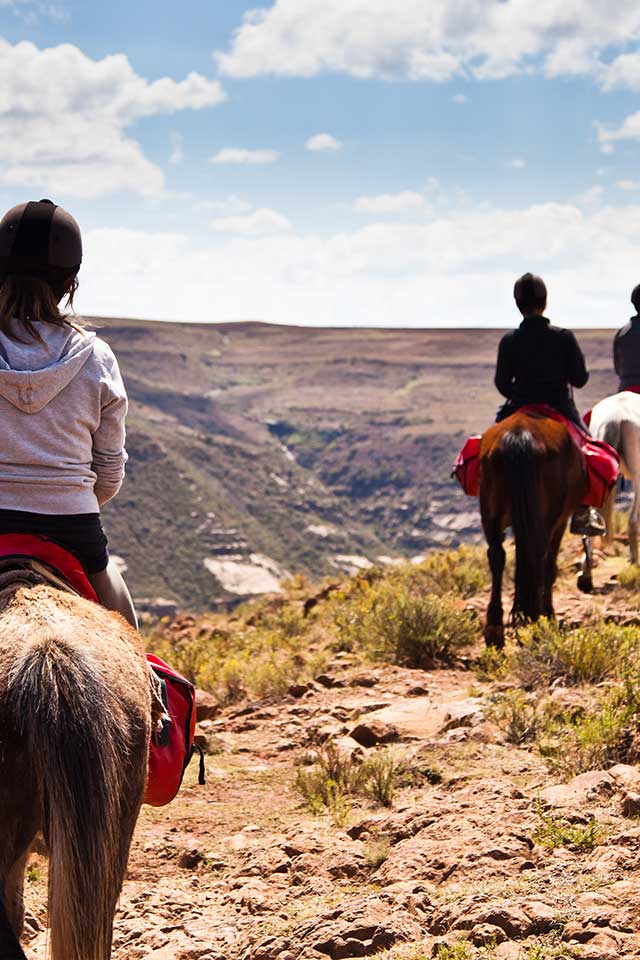
2. Prepare an Emergency Kit
Once you’ve prepared your route, it’s time to prepare your equipment. You want to have everything you could need at hand for a long ride or unforeseen circumstances.
From years of trail riding, we have determined the essential supplies you should carry when horseback trail riding. These include a first aid kit for both horse and rider. There are many options for equestrian first aid kits. You can also carry safety equipment like a helmet.
Another essential for humans and equines is water. Adequate hydration is key for you and your horse, and there should be enough. Ensure you have sufficient water, and plan occasional stops for everyone to rest, including your horses.
Trail riders should also carry their cell phones fully charged at all times, alongside a map of the area and a compass that aids navigation. All of this should be carried by the trail users, not in the saddle, in case you get separated from the horse and your group.
3. Never Ride Alone
The saying “safety in numbers” is especially relevant for trail riding. Riding solo in remote areas can be risky due to limited help. Riding with a decent number of riders allows support in emergencies like medical issues, accidents, or getting lost.
Riding in a group is essential for safety reasons and also makes the whole experience more enjoyable. It allows for lively conversation, bonding time, and learning from other riders. Whenever you go on a trail ride, there should be at least one experienced rider. At Touch of Chrome Paints, you are always accompanied by an experienced guide.
Gathering your friends, loved ones, or comrades for a trail ride will make it more memorable and give you the peace of mind of having multiple sets of eyes on the trail and hands to assist in the likelihood of obstacles and accidents.
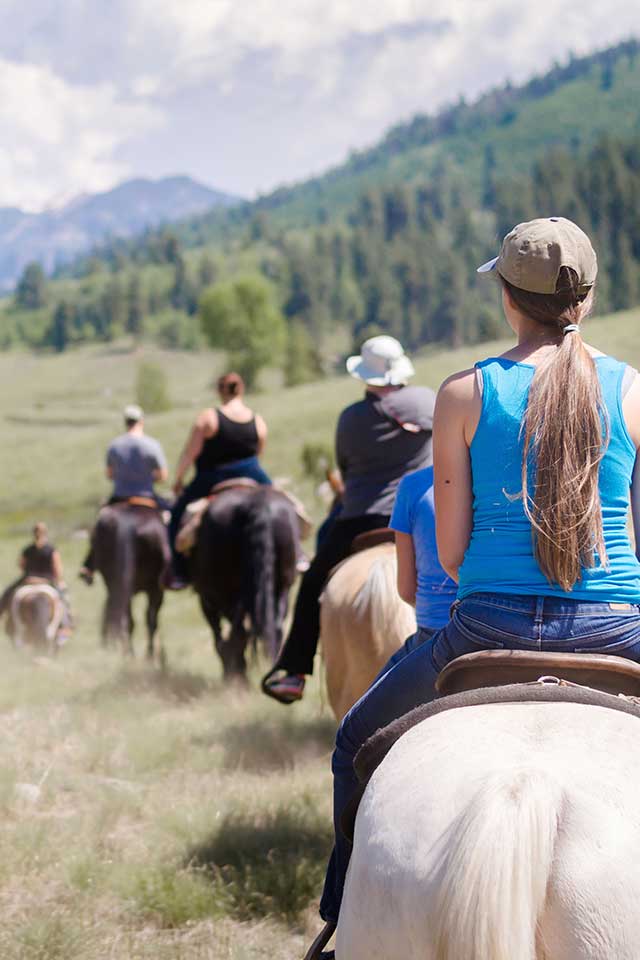
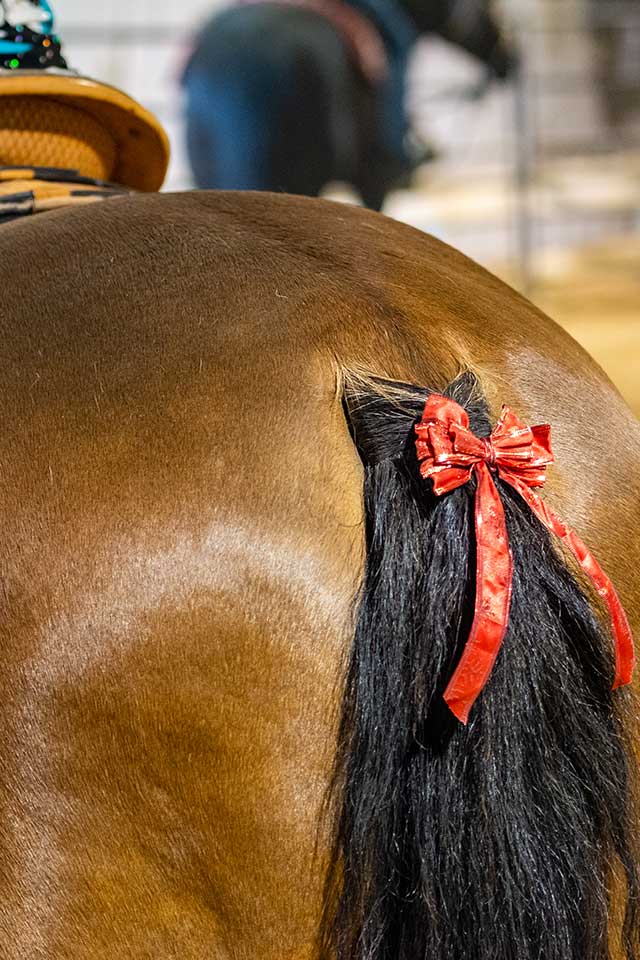
4. Exhibit Your Horse’s Traits
One signature gesture of trail etiquette is communicating your horse’s traits. This alerts other trail users of your horse’s characteristics to facilitate smooth interactions and take the necessary precautions.
Horse and trail riding enthusiasts use a tail ribbon signage, which works like a traffic light and alters other riders about your horse’s temper. The system is the following:
- Red: It indicates that the horse may kick. Anyone who rides on a horse that kicks should be the last rider in the group.
- Green: It indicates that the horse is a novice. It’s important for the other users to be patient with green horses.
Important: Matching your horse’s skill level and temperament to the trail ride is crucial. Avoid taking aggressive or stallion horses on group rides and novice horses on challenging trails. At Touch of Chrome Paints, we provide our riders with friendly paint horses to ensure a comfortable riding experience.
5. Follow Land Conservation Rules
Responsible land stewardship is essential for preserving natural habitats and ensuring continued access to trails for recreational use. This includes adhering to any rules or regulations established by land managers or trail authorities.
Whether staying on designated trails, respecting wildlife habitats, or practicing the Leave No Trace principle, riders play a crucial role in maintaining the environment’s integrity. Furthermore, obeying the instructions of the person in charge or group leader fosters a culture of respect and cooperation among trail users.
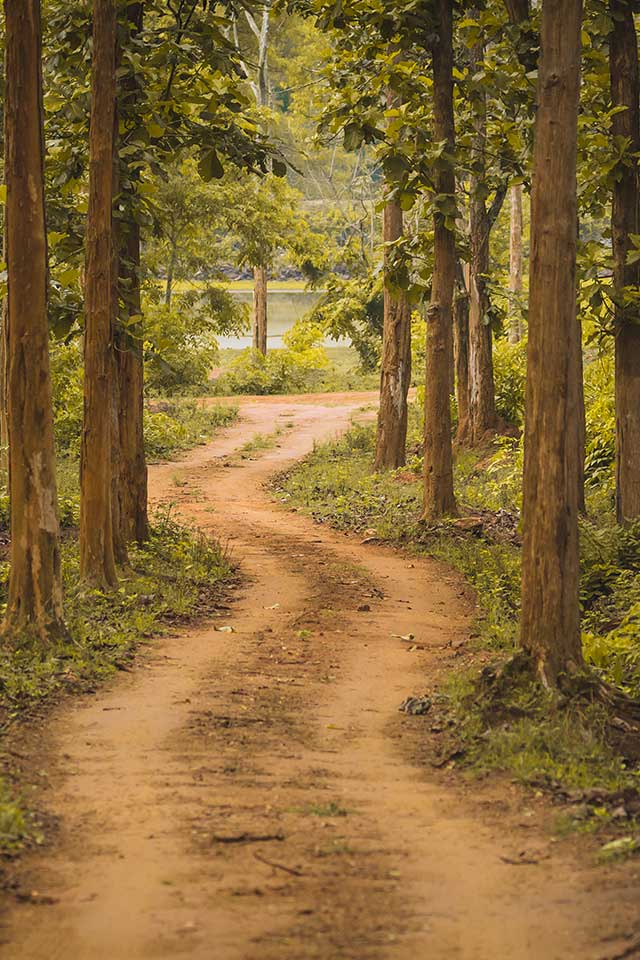
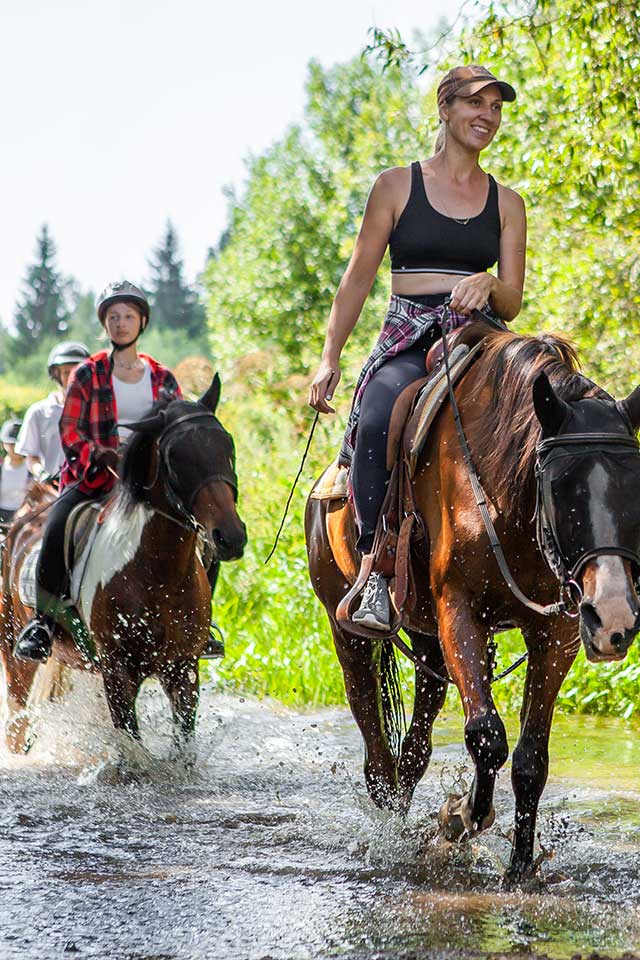
6. Only Cross Water Bodies in Designated Spots
Crossing streams, rivers, and other water bodies can be thrilling and treacherous. To minimize environmental impact and ensure the safety of riders and horses, it’s essential to cross water bodies only at designated spots. These areas are typically identified based on factors such as water depth, current strength, and terrain stability.
Before attempting to cross, riders should assess the conditions carefully and follow any posted signage or instructions from your trail guide. Make sure the lead rider crosses first and stays on track. Exercise caution when crossing any body of water.
By adhering to this rule, riders can mitigate the risk of accidents or environmental damage, preserving the natural beauty of waterways for all to appreciate.
7. Keep Your Distance
Maintaining a safe distance from other horses is paramount for preventing accidents and ensuring a smooth trail riding experience.
By staying at least a horse length back from the rider in front of you, you provide ample space for maneuvering and react quickly to any unexpected situations. This distance also minimizes the risk of collisions, especially on narrow or winding trails. Giving each rider space is also a sign of mutual respect and consideration, part of proper trail riding etiquette.
Additionally, it is important to stay behind the lead horse at all times to prevent loss or accidents.
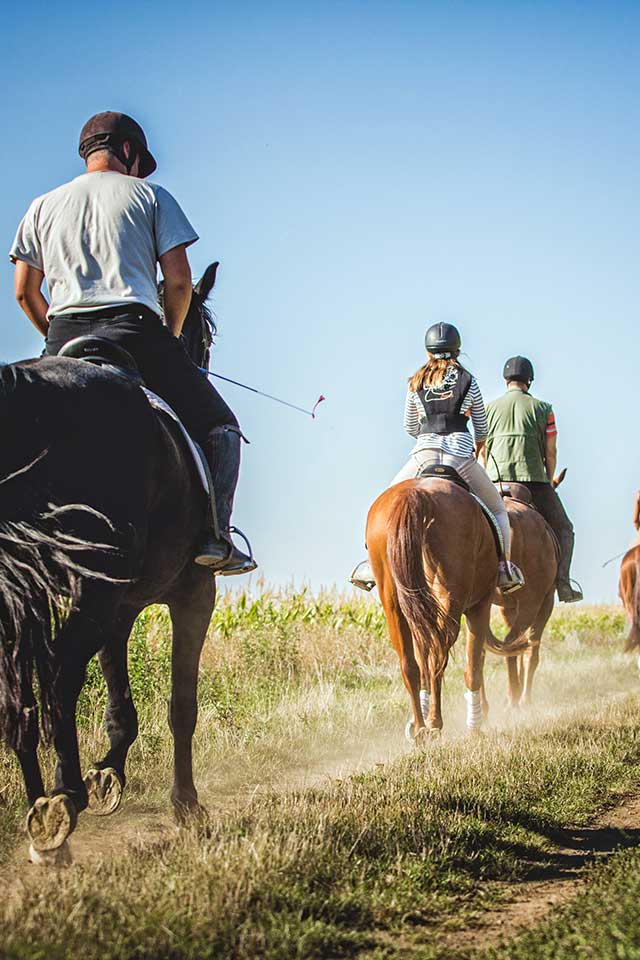
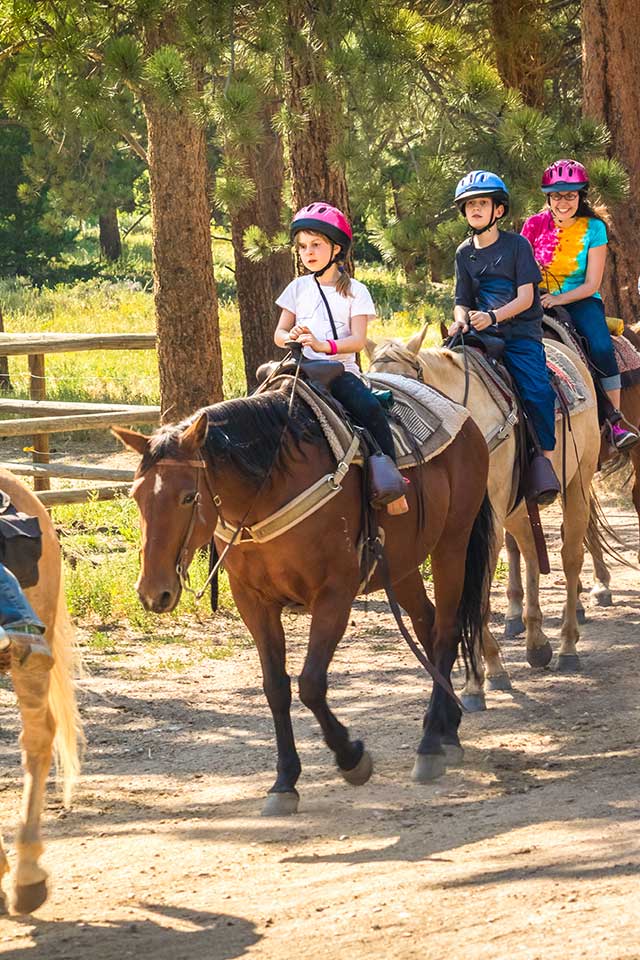
8. Put Beginner Riders in the Middle of the Group
Another important point of trail riding etiquette and safety is to keep novice riders in the middle of the group, which offers added protection and support from more experienced riders or other users who aren’t part of the group but also protects other hikers and bikers on the trail.
Placing beginners in the middle provides a buffer zone, reducing the likelihood of having a loose horse or encountering difficulties on the trail. This arrangement allows more experienced riders to offer guidance and assistance as needed, fostering a positive learning environment.
Extra Tip: Make sure the horse in the front is the most experienced and calm one.
9. Turn Horse Towards a Noise When You Hear It
Speaking of a calm horse, while on your trail, the occasional noise might scare your horse. Horses are naturally sensitive to their surroundings, and unexpected noises can trigger a startled reaction.
When you hear a noise on the trail, it’s important to direct your horse towards it so they can see and check it out. This helps horses get used to new things, making it less likely for them to get scared or runoff.
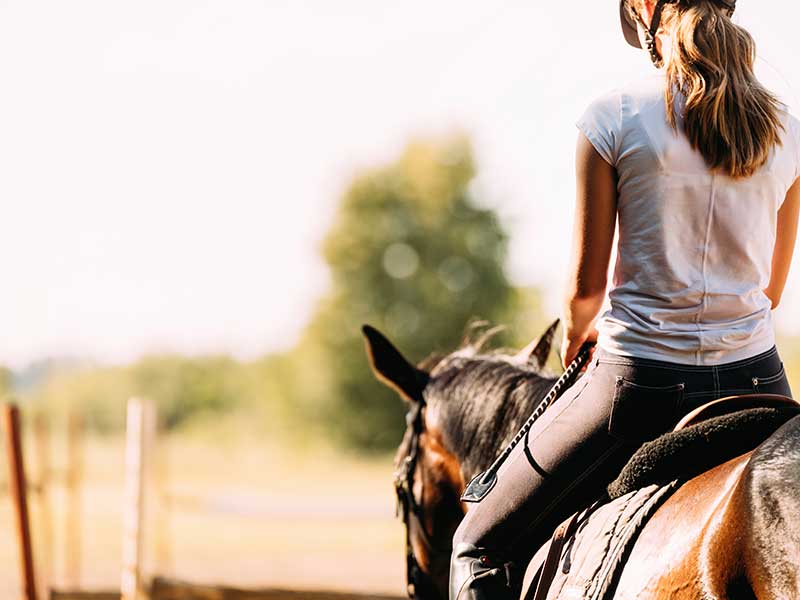

10. Leave No Litter
Responsible trail-riding etiquette extends beyond personal safety. As mentioned earlier in the blog, environmental stewardship is part of good trail etiquette. Leaving no litter behind is a fundamental principle of Leave No Trace ethics, minimizing the impact of human activity on natural ecosystems.
This principle encompasses packing out food scraps and trash and cleaning up after your horse. Whether it’s removing scattered hay from tie sites or filling in uneven areas created by hoof prints, every effort counts in preserving the trail’s beauty so that everyone can enjoy an enjoyable ride.
The Best Rides With the Proper Trail Etiquette & Touch of Chrome!
Following these simple trail riding etiquette and safety rules will guarantee you always have a great ride and are safe. At Touch of Chrome Paints, that matters the most to us, so we share our experts’ knowledge in this blog.
Additionally, we provide a comfortable and safe trail riding experience at our Crowley, Texas, ranch for all ages and skill levels. What are you waiting for? Schedule your trail ride or make your consultations today!
